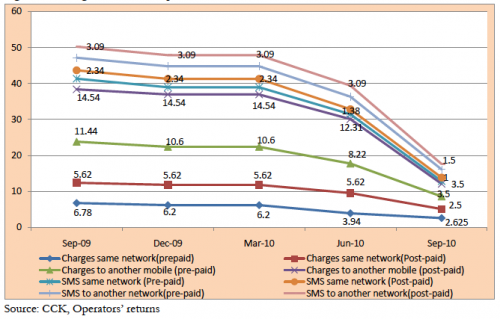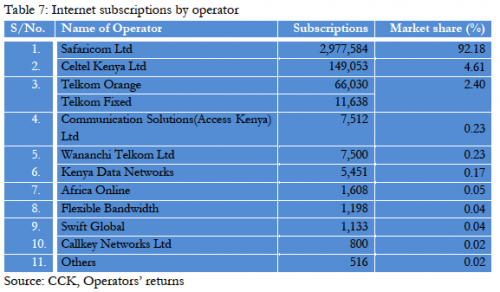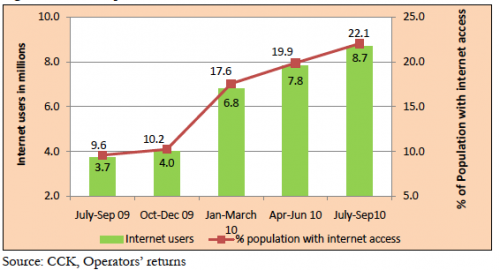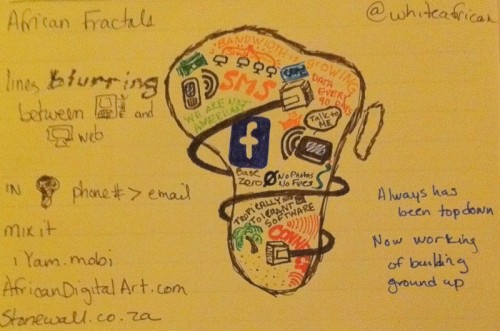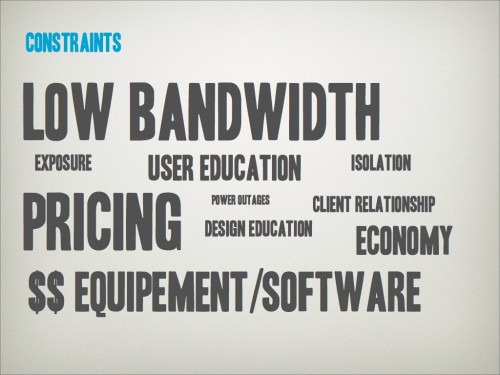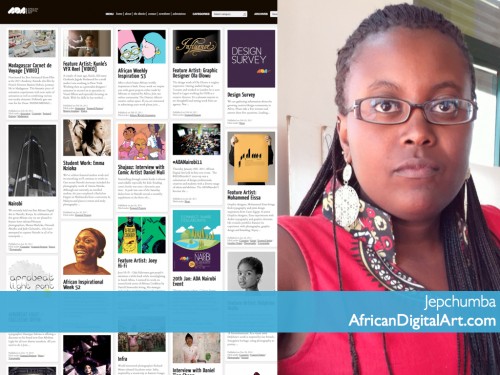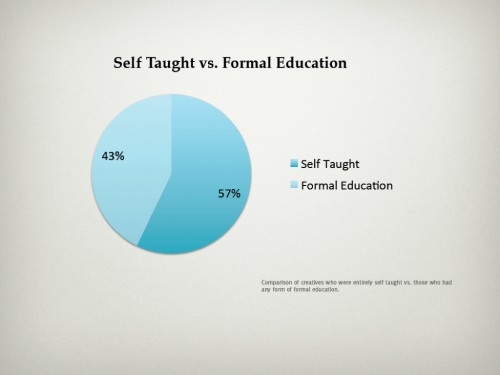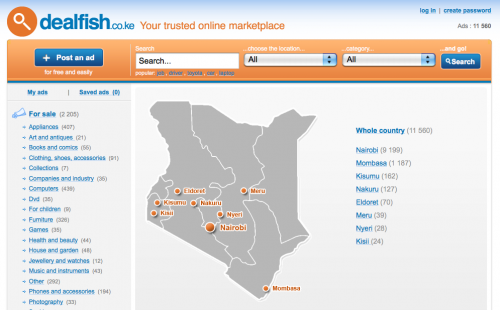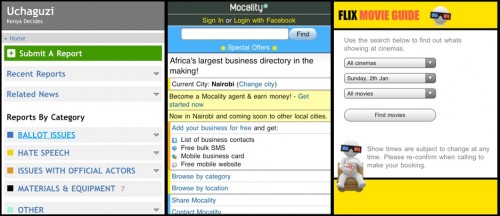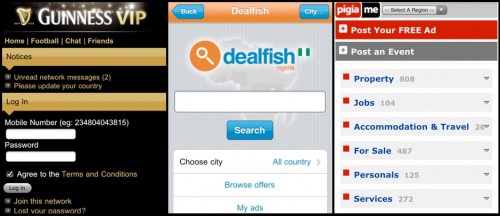Michael Joseph was the CEO of Safaricom, taking the mobile operator from 5 employees to dominating the Kenyan mobile operator market with over 80% market share in his 10 years at the helm. Regardless of your personal feelings on the man, you have to admire the tenacious approach he took growing the business, and his willingness to invest in his company’s future, thereby decimating his (often inept) competition.Â
Possibly MJ’s (how he’s known in local Kenyan parlance) greatest business move was also a measured risk, that is being the company to take a software created by parent Vodafone Group and push it into the market. That software: Mpesa, the most successful mobile payments system in the world. Safaricom has more transactions each day than Western Union does globally in a year. Yes, it’s that impressive.
When Michael Joseph stepped down in October of last year, he had a blank slate. Only he knows just how many opportunities were out there, but I’m guessing there were many. He just announced his next move, and that is to join the World Bank and “spearhead expansion of mobile money transfers” in their member states. Â
“The first fellow under the programme, Michael Joseph, will advise the Bank and governments on spreading the use of mobile phone banking, drawing on his knowledge and experience at the helm of Kenya’s largest telecommunications service provider,â€
All of the business acumen and cache that MJ has built up is going to go towards being the World Bank’s ambassador for mobile money. Meanwhile, he is maintaining a role at Vodafone as a director, where he serves as an advisor on the expansion of Mpesa to other African countries. That’s to be expected, as he’s one of their greatest success stories to date. Both of these, though good, seem like a waste of potential, and I’ll explain why. Â
A missed opportunity
No one in the world holds as much knowledge on how to deploy a mobile money system, nor how to grow it and operate it as Michael Joseph. However, all of his success was penned in by the fact that Safaricom only serves Kenya, he could never grow it outside of the country in a meaningful way. Forays into Tanzania and South Africa have happened, but aren’t seeing nearly the success as in Kenya.
Vodafone knows they’re sitting on a goose that lays golden eggs, yet it’s only laid a single egg – their problem is that they’ve not figured out how to duplicate its success. Â
Instead of trying to hold on to Mpesa, they should spin it out as its own entity, put Michael Joseph at its head and let it take on the world (not just Africa). Â
There’s a few good reasons for this move: Â
First, Vodafone is too big and slow to do this internally, it’s like all of the services and startups eaten up by other large companies that die due to not being within an ecosystem that has an entrepreneurial bent, but instead are sucked down by bureaucracy. Â
Second, no one else could take this brand global and have the ability to stand toe-to-toe with other operator peers around the world like MJ could. It needs that type of personality if it’s to do what’s next.
Third, there aren’t many opportunities that crop up that allows you to take on massively profitable and embedded incumbents and win. In this case, that’s all of the other payment methods, including credit cards and internet payment platforms. Mpesa could become the defacto mobile payment system for the world – displacing other methods.
To be honest, I thought this was the obvious play when Michael’s time at Safaricom came to an end – for all of the players: Vodafone and MJ himself. I kept thinking that surely there was a reason for them not moving on it, that it might have something to do with timing. Instead, it looks like the big IP owner, Vodafone, is unwilling to take Mpesa big – and it looks like the reason why is that they’re unwilling to let go of control (now ownership).Â
That’s how it looks from where I sit, if you know more, add it below.
